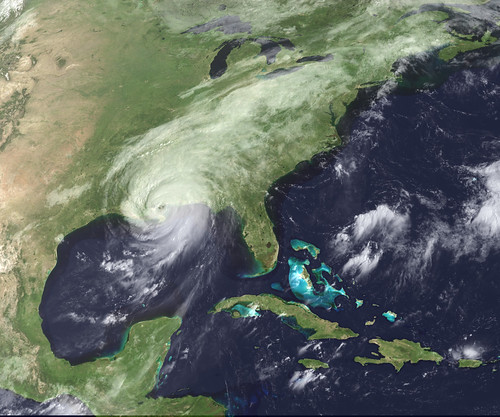
Isn’t “cellar door” the most beautiful combination of words that have ever existed in the English language? Don’t tell me you haven’t thought about this before!
The cult classic film Donnie Darko introduced this concept to many of us; that the phrase “cellar door” is thought to be the one of, if not the, most beautiful sounding phrases in English (independent of the meaning). But of course this idea predates the 2001 movie. So where did this idea come from and who thinks about this stuff?
No one knows who first discovered the beauty in “cellar door.” Over the last hundred years it has popped up all over the place – it’s difficult to tell if each author thought of the idea themselves, or if the phrase was already commonly known. We do know that the first written use came in a 1903 novel with a character who “grew to like sounds unassociated with their meaning.” But the idea is believed to significantly predate this forgotten novel.
It has been said that “cellar door” was Edgar Allan Poe’s favorite phrase, and the word “Nevermore” in The Raven was used because of its similar sound. Was he possibly the originator? Doubtful. It looks the origin is going to have to stay a mystery…
The reason “cellar door” is used as an example of the most beautiful words in English isn’t because it objectively sounds better than any other words. It’s because its beautiful sound is in such stark contrast to its actual meaning. A cellar door is an ugly object and a perfect word.
What are some other examples of dissimilarity between meaning and sound? One that I can remember discussing on the school bus as a youngster is “gang”. Gangs are incredibly intimidating and are made up of scary men. Say the word gang five times. G-aaaaaaa-ng. Not so scary now, are they?
Who out there is now going to name their daughter Selladore? (Actually used as a non-fiction character name.)
Sources:
- New York Times – On Language: Cellar Door
- Wikipedia – “cellar door”










